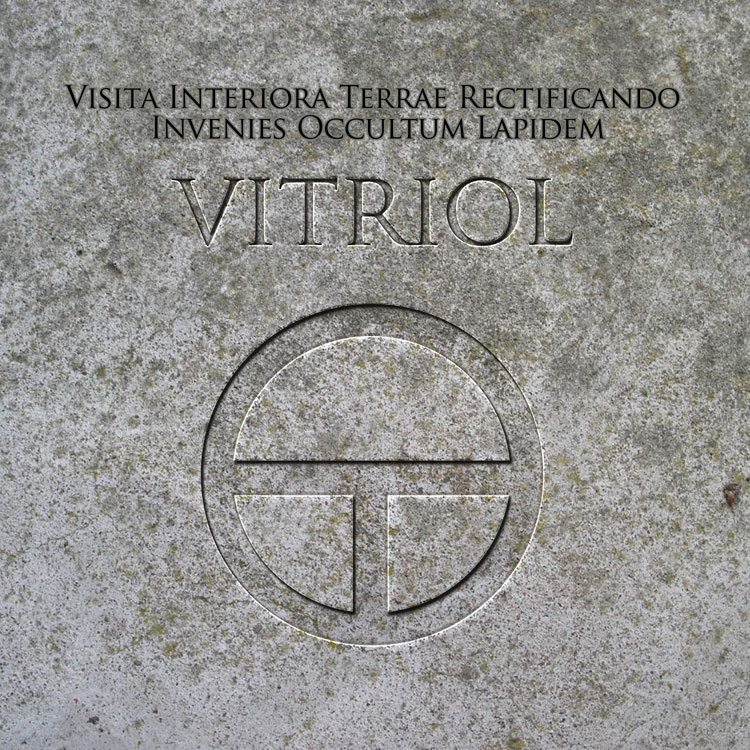The Stone is everywhere to be found, but nowhere seen. The Stone is also within …
Mention of the philosopher’s stone in writing can be found as far back as Cheirokmeta by Zosimos of Panopolis (c. 300 AD). Alchemical writers assign a longer history. Elias Ashmole and the anonymous author of Gloria Mundi (1620) claim that its history goes back to Adam who acquired the knowledge of the stone directly from the biblical God. This knowledge was said to be passed down through biblical patriarchs, giving them their longevity. The legend of the stone was also compared to the biblical history of the Temple of Solomon and the rejected cornerstone described in Psalm 118.
Elias Ashmole (23 May 1617 – 18 May 1692) was a celebrated English antiquary, politician, officer of arms, astrologer and student of alchemy. Ashmole supported the royalist side during the English Civil War, and at the restoration of Charles II he was rewarded with several lucrative offices. On May 13, 1653, Ashmole at last became privy to the Great Secret: “My father Backhouse lying sick in Fleetestreete over against St: Dunstans Church, and not knowing whether he should live or dye, about eleven a clock, told me in Silables the True Matter of the Philosophers Stone : which he bequeathed to me as a Legacy.”
A clue to understanding what Ashmole meant when he referred to “silables” may lie in an anonymous seventeenth- or early-eighteenthcentury manuscript in the Bibliothèque Nationale, Paris. A chapter on “sillabes Chimiques” concerns certain syllables derived from seven hieroglyphic signs placed at the start of the chapter to form “un mot significatif ou un caractère universel”: a significant word or a universal character.
Maybe the suggestion can be made that the seven hieroglyphic signs referred to in the manuscript that form a significant word, or a universal character, may very well be signs for the seven letters V-I-T-R-I-O-L, which abbreviate the alchemical injunction Visita interiora terrae, rectificando invenies occultam lapidem: “Visit the center of the earth and by rectifying you will find the hidden stone.”
VITRIOL is the significant word; the universal character would be the letter tau: Τ in a circle, the sign of vitriol. Vitriol is the green salt from which an alchemical process may begin. Paracelsus called the vitriolic salt the Signat-stern. Something of the sort seems to have been conveyed to Ashmole, though we have no record at all of whether he ever found the time or means to apply the knowledge. On April 16, 1658, five years after receiving the great secret, Ashmole finished writing the preface to the alchemical text The Way to Bliss in which he said that a series of vexatious lawsuits (including threats to his life) had severely curtailed his alchemical studies and projected publications …
The purpose of The Way to Bliss was, Ashmole declared, nothing less than “to prove the Possibility of such a thing as the Philosopher’s Stone.” The provision in Ashmole’s great Musaeum Ashmoleanum for a chemical laboratory may perhaps have been intended as a place where, at some stage, he might have wished to put his knowledge into practice. The institution’s employee, Dr. Robert Plot, chemist and author of The Natural History of Staffordshire, who ran the building, later used the laboratory for making remedies from which he profited …




